James Corden has said co-creating Gavin & Stacey changed his life “in every way” after new pictures of the sitcom’s final episode were released.
The first-look images show the cast reuniting for one last time, in a finale episode which will air on Christmas Day, five years since fans last checked in with the eclectic characters.
The series, which first aired in 2007, follows the blossoming long-distance love story of Gavin from Essex (Matthew Horne) and Stacey from Barry in Wales (Joanna Page).
Co-writers Corden and Ruth Jones also star as the title characters’ respective best friends – Smithy and Nessa.
Speaking ahead of the Christmas Day finale, Corden said the comedy had become “a huge part” of his life.
“It just felt so good to be back in a room with Ruth and then thinking we may have happened on a story which might be satisfying,” Corden said of writing the sitcom’s farewell.
Corden added: “I don’t think anybody, when you start writing a TV show, thinks you’ll be still writing these characters 20 years on – it’s nuts really.
“But I think when we finished the last special in the manner that we did, we knew that we’d very much left a door open.”
In 2019, more than 18 million people tuned in to see Nessa get down on one knee in a Christmas cliffhanger, with fans eagerly awaiting the outcome of the proposal.
Read more from Sky News:
What we searched for the most in 2024
Sabrina Carpenter to headline UK festival
The full list of Golden Globes nominees
Ruth Jones said filming the final 90-minute special episode “was a mixture of excitement, nostalgia and sadness”.
“It’s been a very special time in my life and it’s spanned 17 years,” she added.
“I feel terribly proud of how long it’s lasted and how people who weren’t even born when it came out are now fans. That means such a lot.”
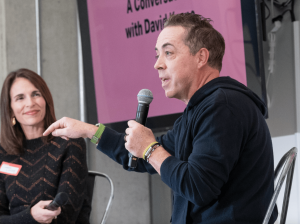






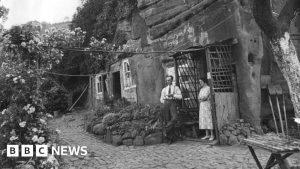






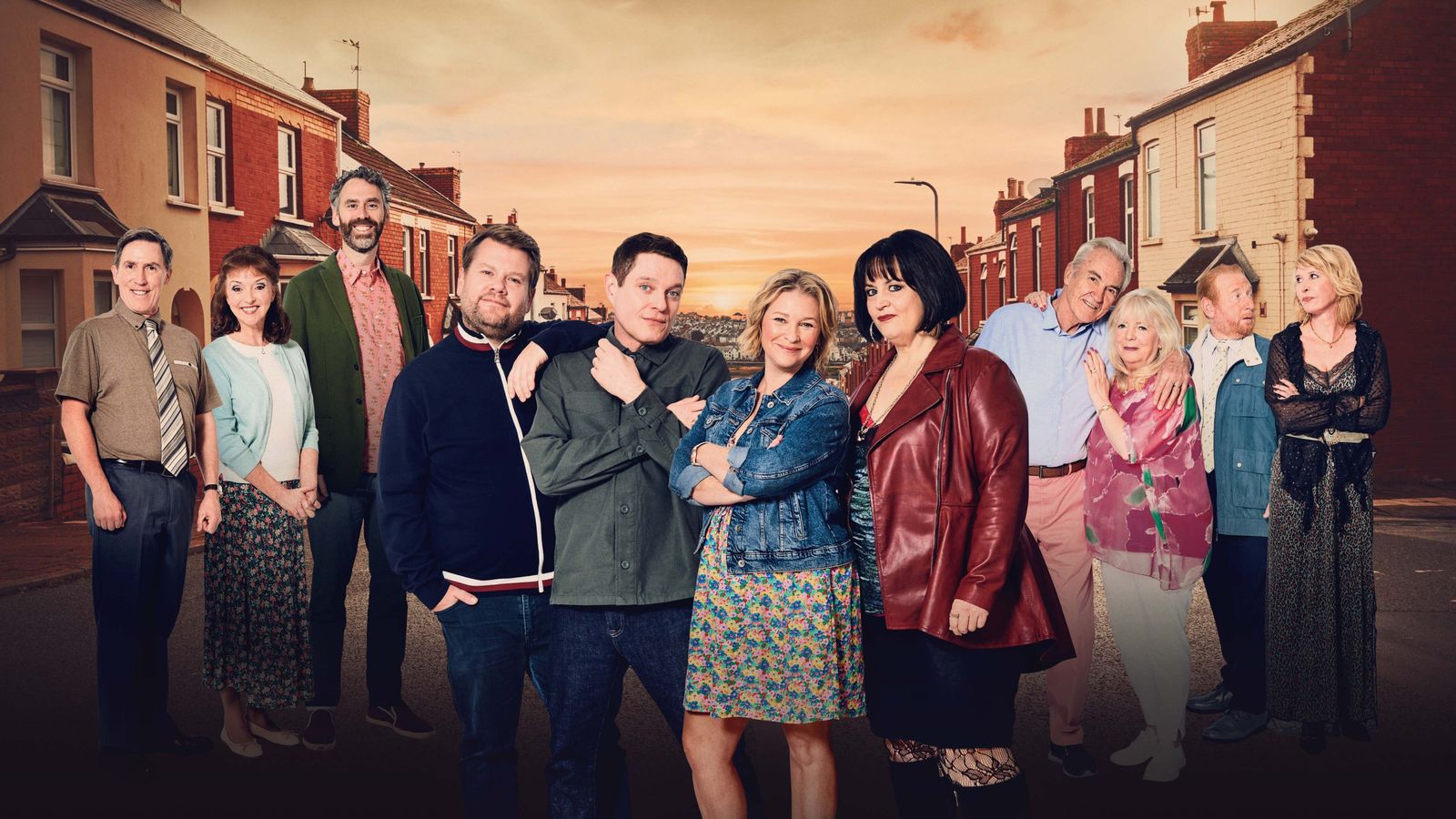




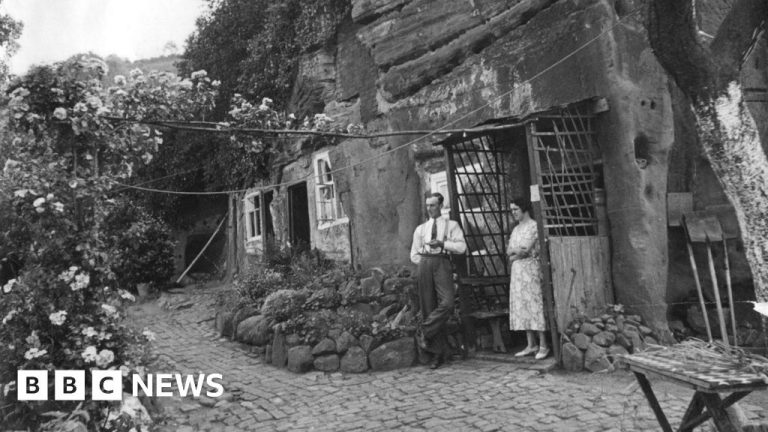
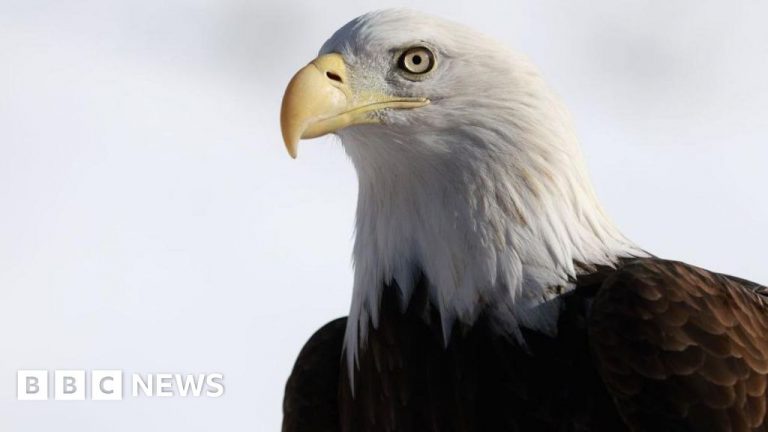
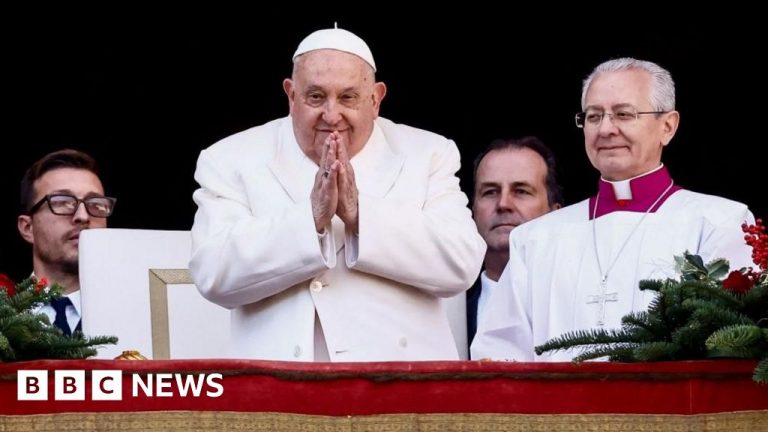
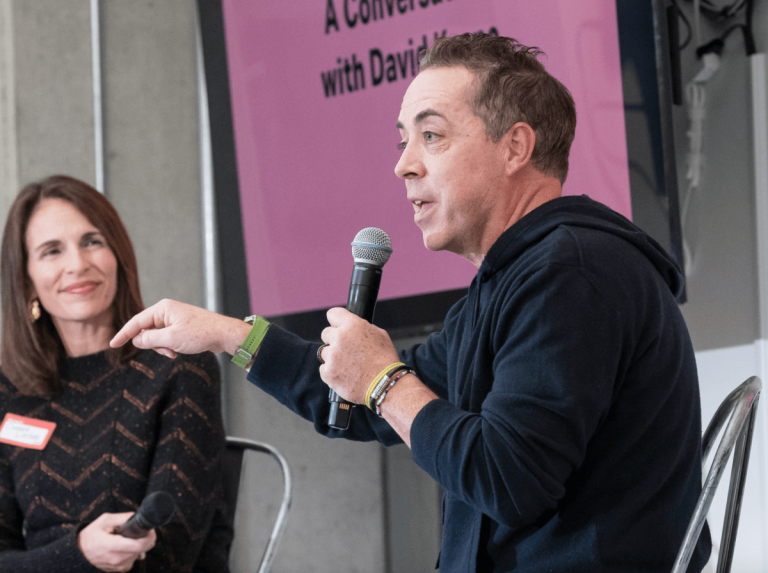






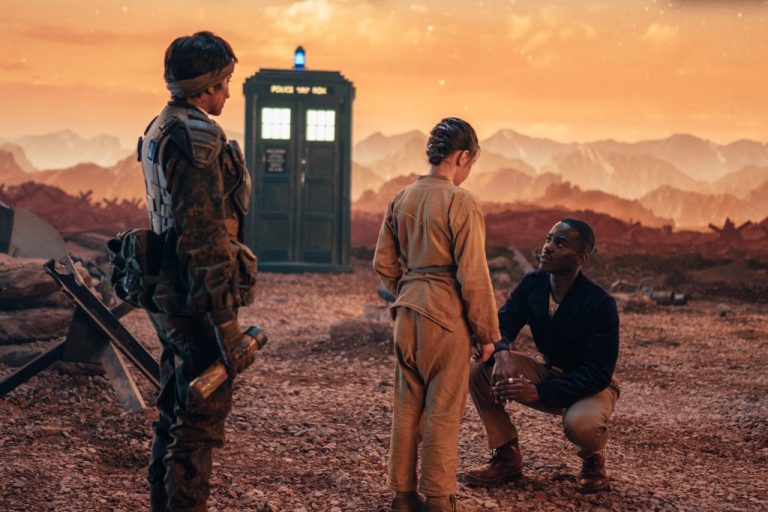

+ There are no comments
Add yours